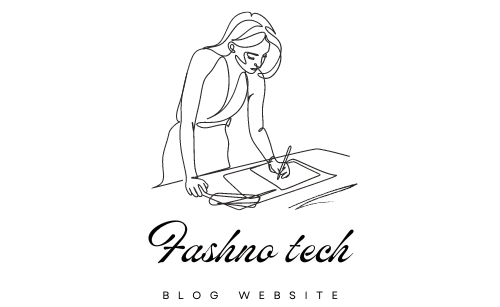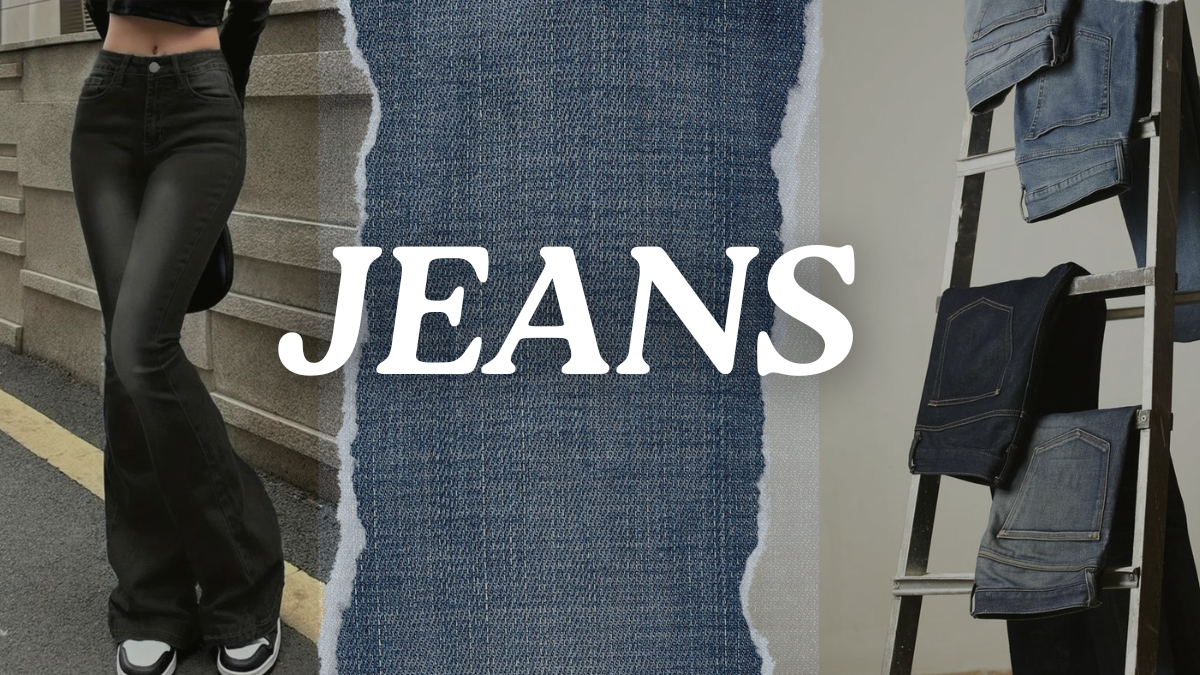In general, jeans are constructed from cotton or a cotton-polyester mix, and they are a form of trousers that are fashioned from denim or dungaree material. Fabric with robust and long-lasting (characteristic) pockets, fly, and other stress areas is secured with rivets.
It was first developed for people from working-class backgrounds, such as miners, cowboys, and others. Currently a fashion standard, this item is offered in a wide range of designs, sizes, and washes.
It’s versatile enough to be worn for both everyday and special events.
Over the course of more than four hundred years, jeans have had a rich and interesting history.
In the 16th century, weavers in Nîmes, France, created a durable cotton cloth known as “serge de Nîmes,” ultimately abbreviated to denim, which is where jeans got their start. In 1872, the first modern jeans were developed by Levi Strauss and Jacob Davis. They were made by reinforcing denim pockets with copper rivets.
- In the latter part of the nineteenth century, jeans gained popularity among Americans from the working class, particularly among cowboys, railroad workers, and miners.
- In the early 20th century, jeans became a fashion staple after being worn by famous actors, singers, and Hollywood figures.
During the counterculture and teenage revolt of the 1960s and 1970s, jeans became a symbol.
In the modern day, jeans are a wardrobe essential that can be found in an infinite variety of washes, fits, and styles.
1980s saw a big increase in the availability of stylish denim from brands like Guess and Calvin Klein.
Workwear, such as overalls and trousers, made of imported denim arrived in the United States in the late 18th century.

